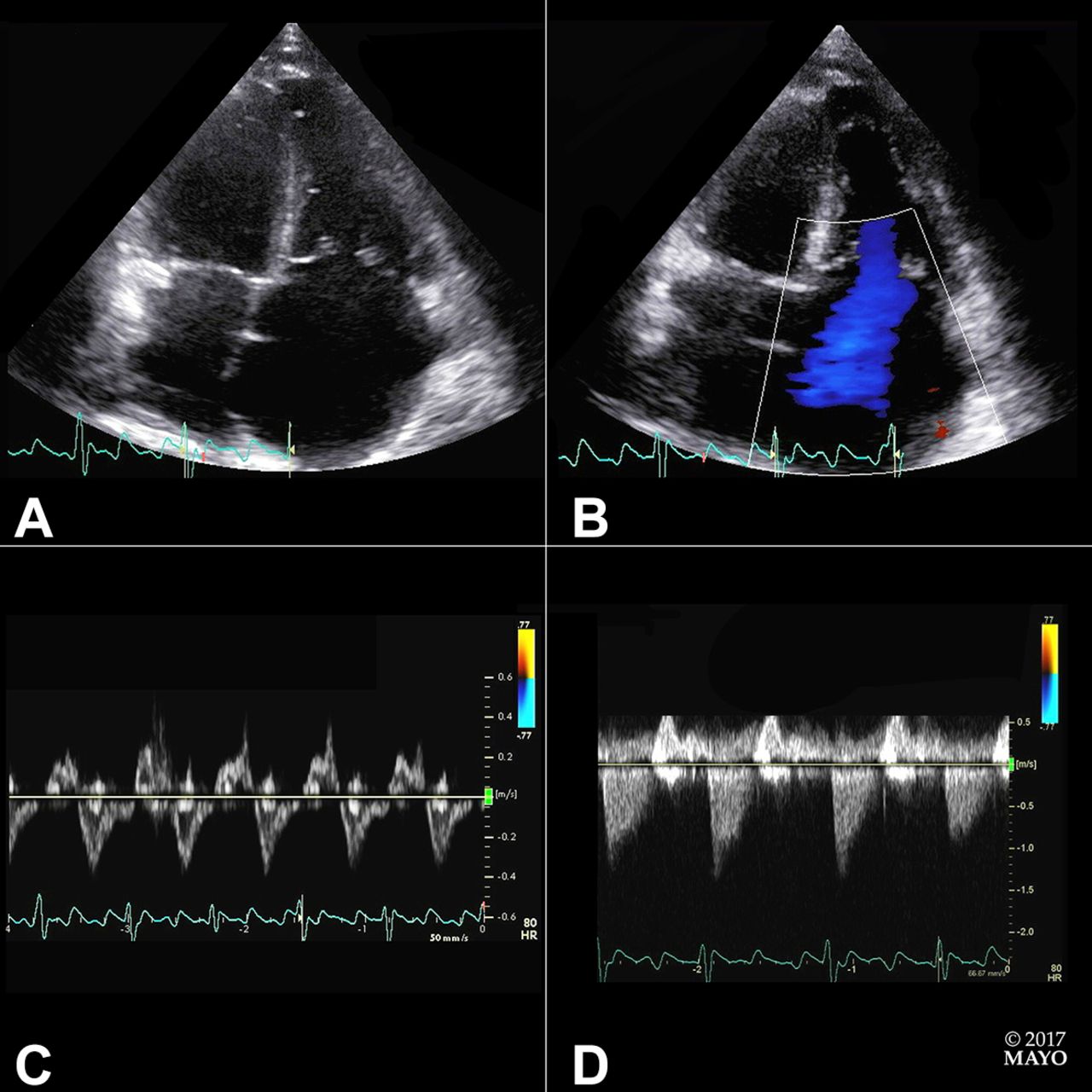

Initial empiric antibiotics should include coverage against the most common pathogens.

Patients with TVIE should be started on an empiric antibiotic regimen once it is suspected. The 2-week regimens are not used in patients with IE of the aortic or mitral valve, in patients with MRSA, or patients with complicated IE. Some individuals with TVIE may be candidates for shorter duration antibiotic regimens(no evidence of renal failure, the absence of extrapulmonary metastatic infections or simultaneous left sided infection). Although RSIE and TVIE are increasing in prevalence, antibiotics and surgical options remain a mainstay of successful treatment. Regardless, TVIE is treatable and has favorable outcomes if detected and treated early in its course. Such features include absent murmur, concurrent pneumonia, and less peripheral phenomena such as splinter hemorrhages. However, there are certain aspects of TVIE which can make it detection difficult. Duke’s Criteria is used to establish the diagnosis of TVIE.
TRICUSPID REGURGITATION CARDIOGRAPH SKIN
However, various skin flora, as well as various Staphylococcus and Streptococcus species can infect the tricuspid valve. Staphylococcus aureus is the most common organism, which causes TVIE. Along with IVDU, hemodialysis catheters, pacemakers, and defibrillator leads are also risk factors. Given the rise of IVDU in the United States, rates of TVIE have also increased significantly since 2006. The majority of TVIE are associated with IV drug use (IVDU). The overwhelming number of cases of RSIE involve the tricuspid valve with some estimates as high as 90%. Right-sided infected infective endocarditis (RSIE) accounts for approximately 5 – 10% of all cases of infective endocarditis (IE). Tricuspid valve infective endocarditis (TVIE) is an uncommon entity, especially when compared to left-sided infective endocarditis. This activity reviews the evaluation and management of tricuspid valve endocarditis and highlights the role of interprofessional team members in collaborating to provide well-coordinated care and enhance outcomes for affected patients.

In addition to intravenous drug users, patients with hemodialysis catheters, pacemakers, and defibrillator leads are also at increased risk for tricuspid valve infective endocarditis. With the rise of intravenous drug use in the United States, rates of tricuspid valve infective endocarditis have increased significantly since 2006. The overwhelming majority of cases of right-sided infective endocarditis involve the tricuspid valve and the majority of tricuspid valve infective endocarditis is associated with intravenous drug use. Right-sided infected infective endocarditis accounts for approximately 5 to 10 percent of all cases of infective endocarditis (IE). Tricuspid valve infective endocarditis is uncommon compared to left-sided infective endocarditis.


 0 kommentar(er)
0 kommentar(er)
